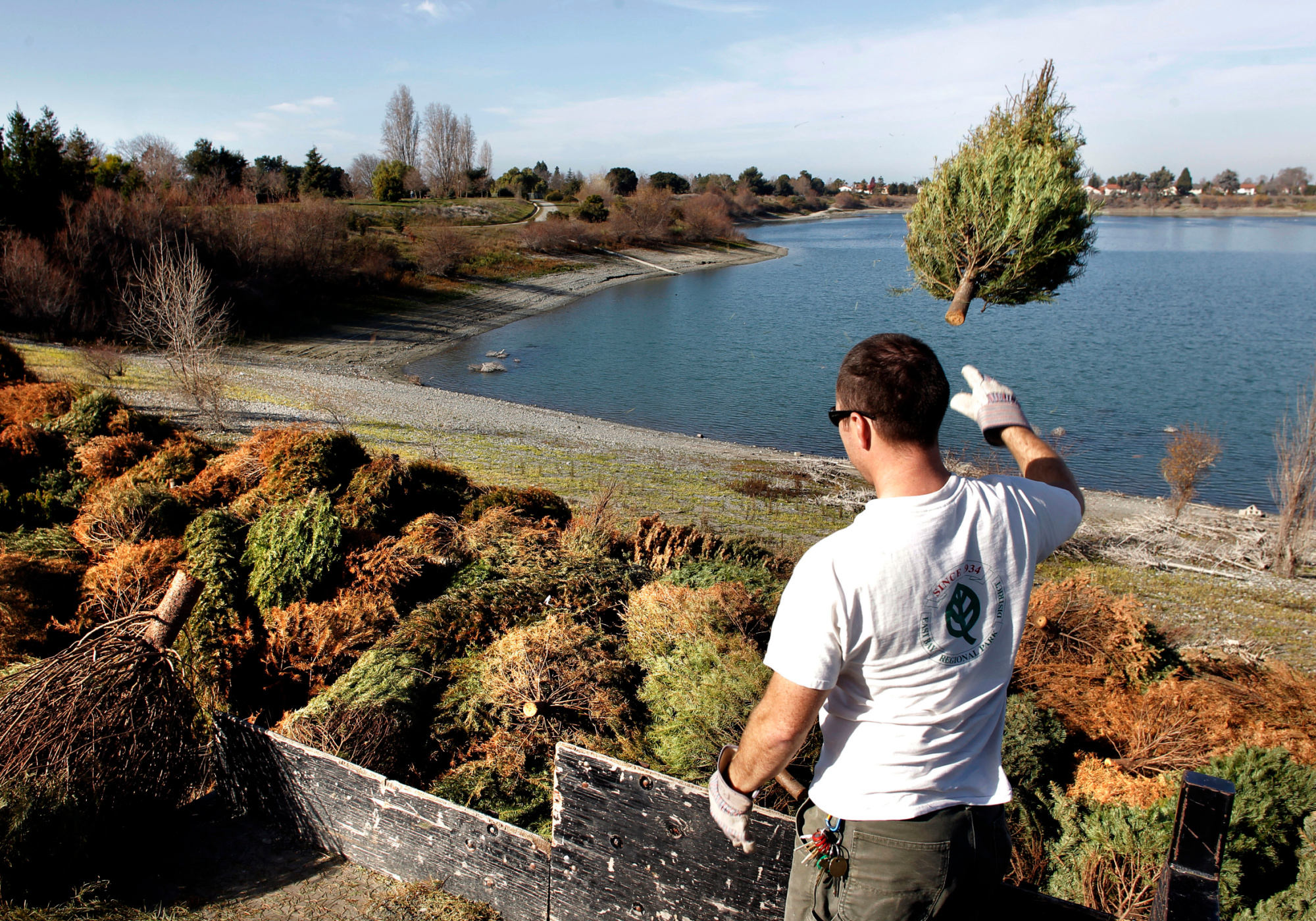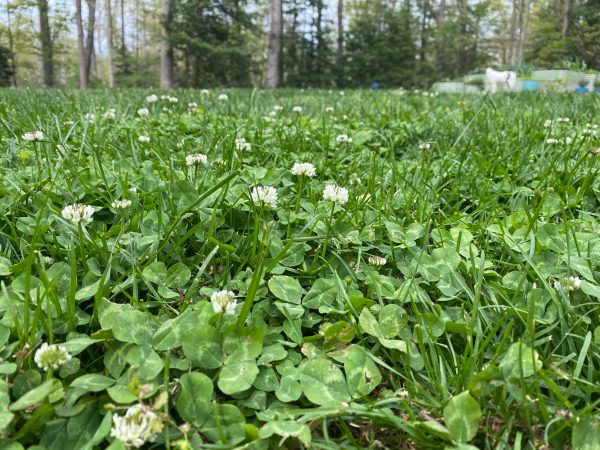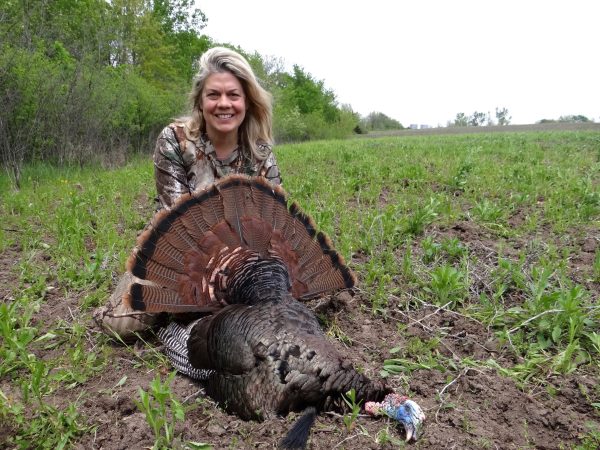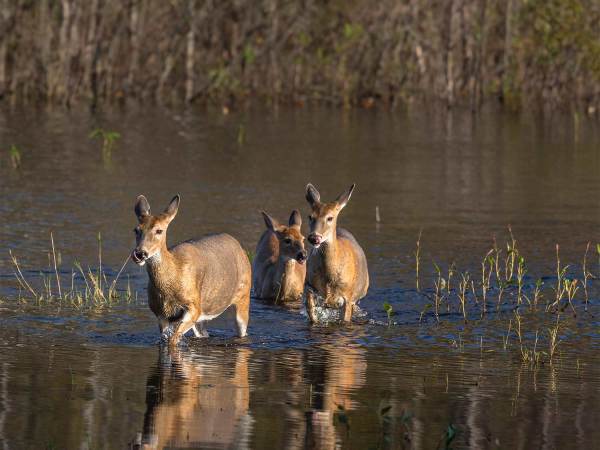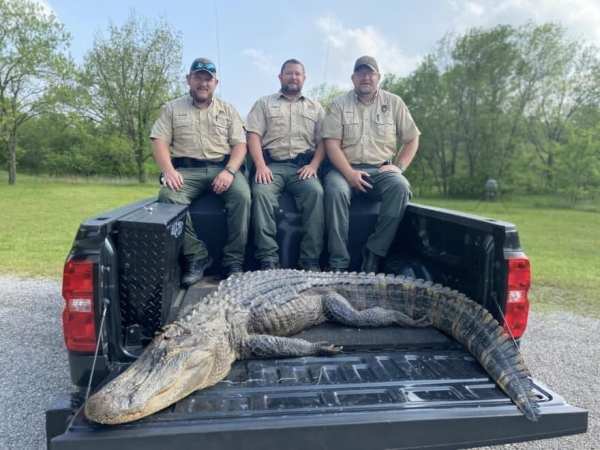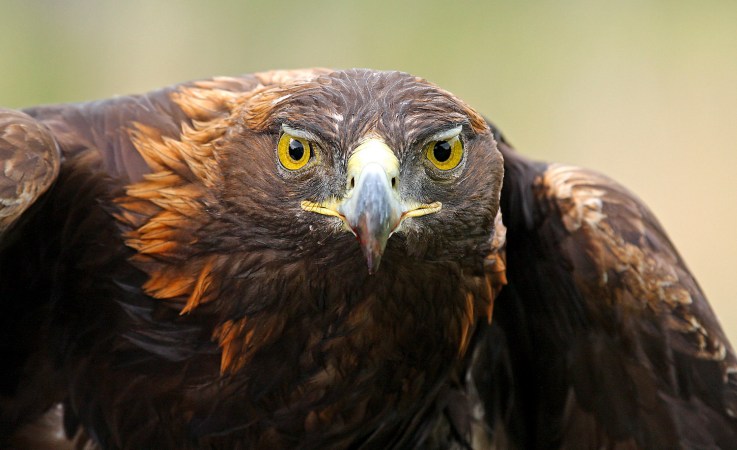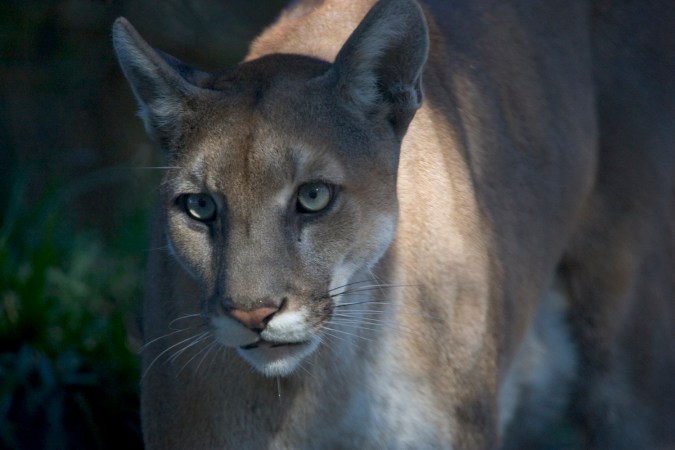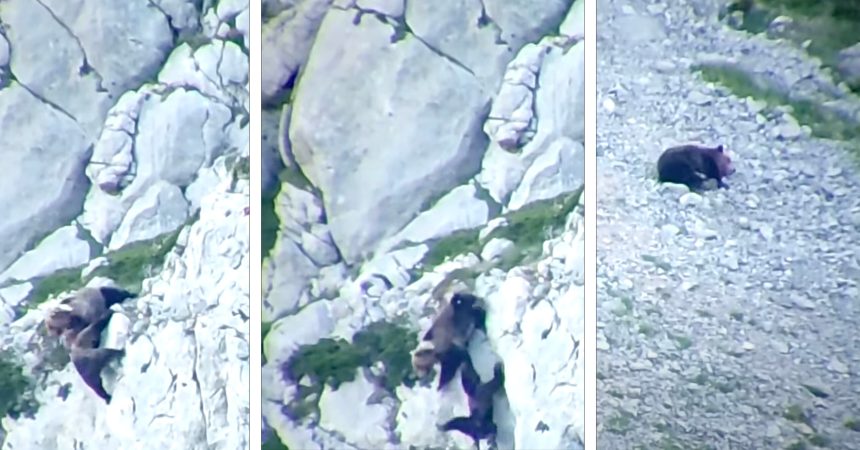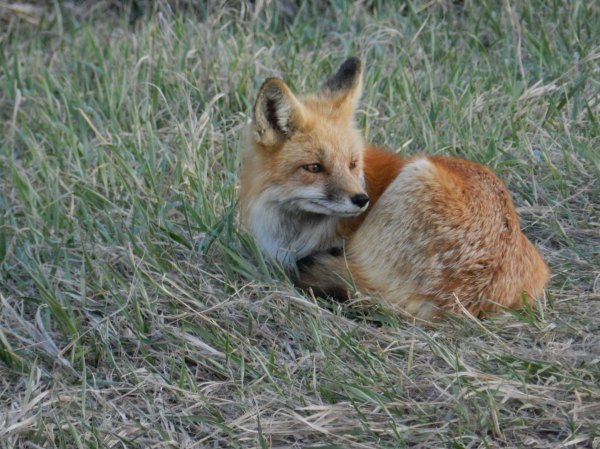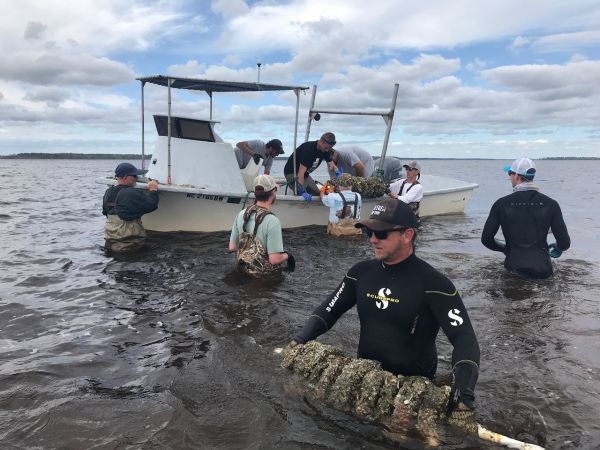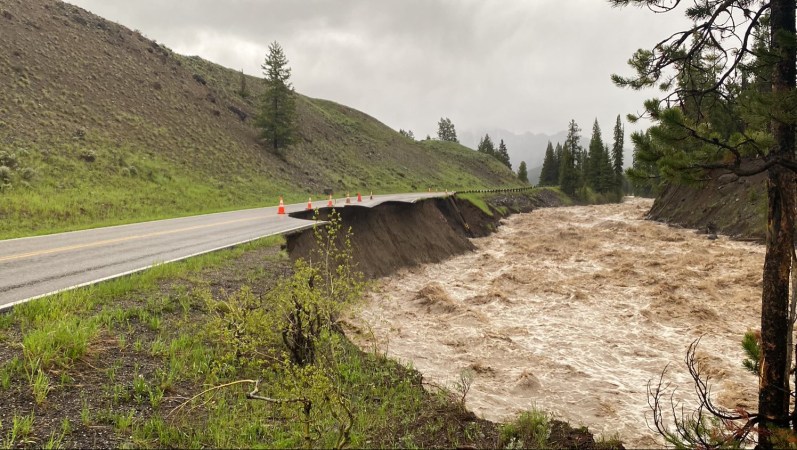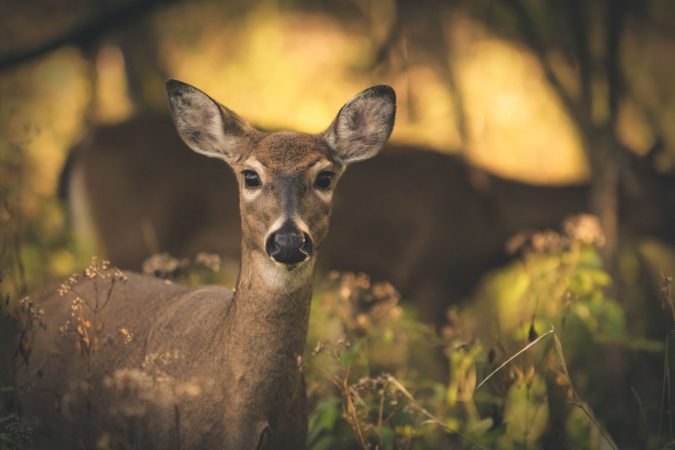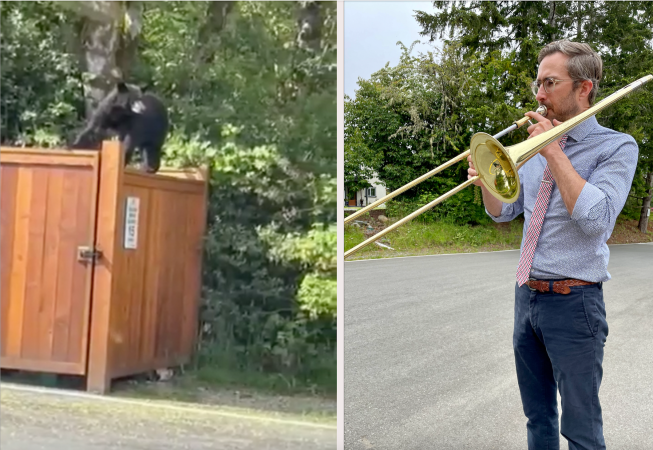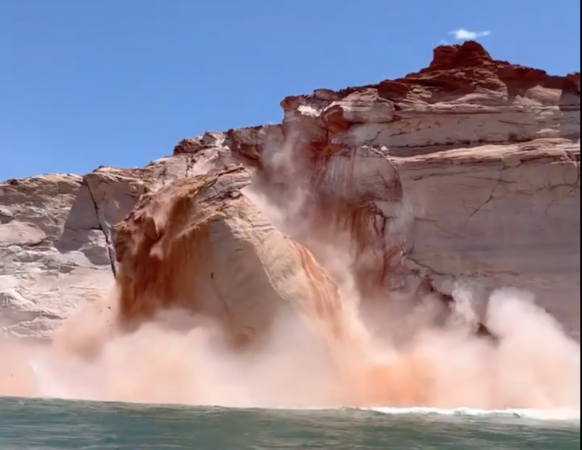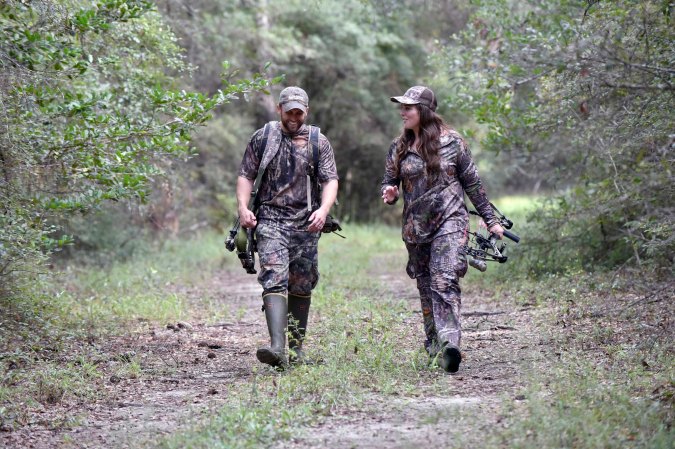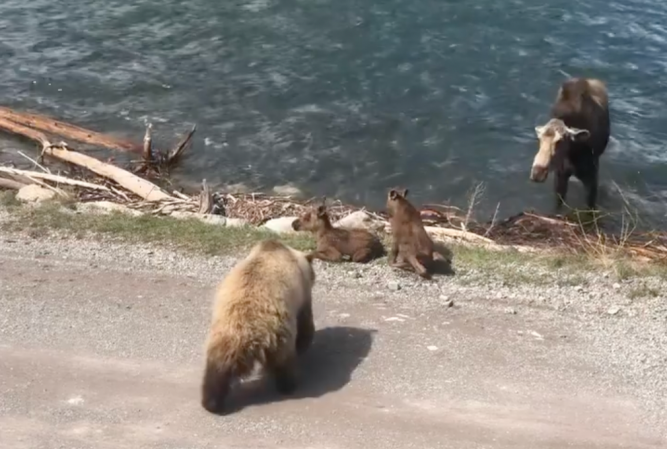There’s a glumness to the days that follow Christmas. The presents have been unwrapped, the feast eaten, and it’s time to undecorate the Christmas tree, which now bleeds needles every time you look at it. But some Christmas trees get a second chance at life in a rather unexpected place: at the bottom of a lake, surrounded by fish looking for habitat.
The Missouri Department of Conservation is asking Missourians to swing by the Central Regional Office in Columbia and drop off their used trees. MDC plans to use the trees for fish habitat improvement projects by throwing them into ponds and lakes around the state.
Of course, it’s not as simple as heaving the tree off a dock or boat ramp, which is why experts beg the public to not recycle trees on their own. Conservation officers generally bundle trees together and rig them with rope and cement to weigh them down. They then place the tree piles in areas where native fish species need the cover and structure. Small fish congregate around the branches to munch on the algae and plankton that emerge from the decomposing biomass. Those small fish create a smorgasbord of forage for larger game fish. This, in turn, makes the waters around these tree “cribs” excellent spots for anglers, according to MDC fisheries biologist Brian McKeage.
This practice is neither new nor limited to Missouri. Christmas tree recycling programs have improved fish habitat across the country for decades. Some drop-off sites get inundated with unsold trees from nearby vendors. That’s been the case for Claytor Lake State Park in Dublin, Virginia. Claytor Lake assistant manager Austin Monnett tells Outdoor Life the Park received well over 100 trees last year after area hardware stores donated their leftovers. (The Claytor Lake drop-off site is on a one-year hiatus during a staff turnover but they expect to be back in operation next holiday season.)
Most state wildlife agencies give a different gift to anglers after tree collection ends. The Virginia Department of Wildlife Resources releases maps (like this one of Lake Frederick) that show where the Christmas tree reefs and others are located. The Kentucky Department of Fish and Wildlife Resources will publish GPS coordinates for the Christmas tree reefs on their website.
Between freeing up landfill space, supplementing the underwater food chain, and manufacturing new fishing honey holes, donating your old Christmas tree for fish habitat is a great way to continue the season of giving. Just make sure to drop the tree off at an official site manned by a wildlife agency or other organization. After all, as the Ohio Department of Natural Resources points out, discarding a tree on public or private property without permission could earn you a littering ticket.

